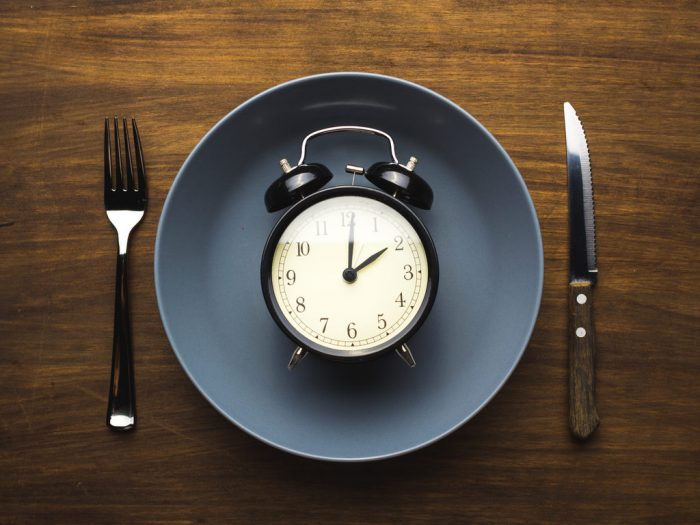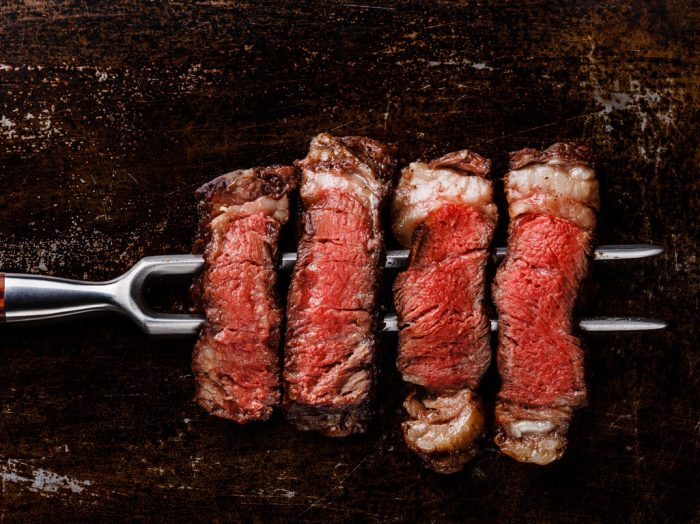Fasting started out as a religious abstinence tradition and the rules vary from country to country. Inspired by that, a new diet has emerged: the intermittent fasting diet, a different concept that can help you lose weight.
Fasting is willing abstinence from certain food or drink, or both, for a set time frame. Christians fast during Lent, which begins on Ash Wednesday and ends approximately six weeks later, exactly before Easter Sunday.
Usually, Christians don’t fast the entire time, only some of the days. Also, some of them are just abstaining from meat, some avoid meat and dairy, while others renounce meat, dairies, and eggs.
Although fasting for times shorter than 24 hours has been shown to be effective for weight loss (in obese and healthy adults) and to maintain lean body mass, some researchers argue that using fasting for weight loss is unnecessary.
What is the intermittent fasting diet?
Nowadays, fasting doesn’t have just a spiritual purpose, at least not for all of us. After years of trying to avoid skipping meals because we believed this would make us gain weight, now it seems that eating little or nothing from time to time is right for our health. That’s how the intermittent fasting diet came into being.
If you’re keeping an intermittent fasting diet, you’re supposed to eat very little periodically. And maybe avoid some animal source products. Some studies suggest that by fasting you keep more muscle and lose more fat than on other diets. And this happens even if you lose the same number of pounds. How can that be? Well, after – let’s say – 12 hours of fasting, you run out of stored calories and your body starts burning stored fat.
Other studies have also shown that the intermittent fasting diet strengthens your heart and improves your overall health.
After all, we all fast by sleeping. But the intermittent fasting diet means extending the fasting period beyond the sleeping time and being more conscious of what we eat and of our eating schedule.

How can you fast and lose weight
Usually, the fasting time is between 14 and 36 hours, with few to no calories. For some people, it’s tough to stick to this program. But for others, fasting can be an easy job.
Keep in mind that the intermittent fasting diet is not about deprivation, but about eating differently in different days and reducing your overall calorie intake by setting a new eating pattern, different than the classic ‘three big meals plus snacks.’
In time, people concerned with losing weight and nutrition have experimented with different types of fasting and some of them came up with these plans:
- fast for 14 (women) to 16 (men) hours each day and then ‘feed’ for the remaining 8 to 10 hours;
- fast for 24 hours once or twice per week, when no food is consumed, but you can drink calorie-free beverages, and after the fast is over, you can then go back to eating normally;
- fast for about 20 hours every day and eat one large meal every night (the meal should consist of veggies, protein, and fat; after that, you can eat some carbohydrates only if you are still hungry);
- eat very little one day, and eat normally the next day. What does that mean? In the low-calorie day, you should eat one-fifth of your normal calorie intake (1/5 of 2,000 calories for women and 1/5 of 2,500 calories for men). This means about 400 per day for a woman and 500 calories per day for a man.
There are many other similar ‘diets’ based on meal timing, but you can make your own plan.
As for me, from my personal experience, I can say that I lost some pounds last summer when my last meal was at about 1 PM in the afternoon. In the evenings, I only ate some watermelon or, if I stayed out until late, I drank a glass of wine or beer. There were still evenings when I didn’t eat at all. The rest of the day – from 9 AM to 1 PM – I had a light breakfast and a huge lunch, including dessert. Establishing that pattern gave me the comfort of knowing that even if I wouldn’t eat anything from 1 PM to 9 AM the next day, the all-I-can-eat lunch was close, and it brought all of its satisfying foods!
You may also want to find out Why You’re Gaining Belly Fat Even If You’re Eating Healthy.






